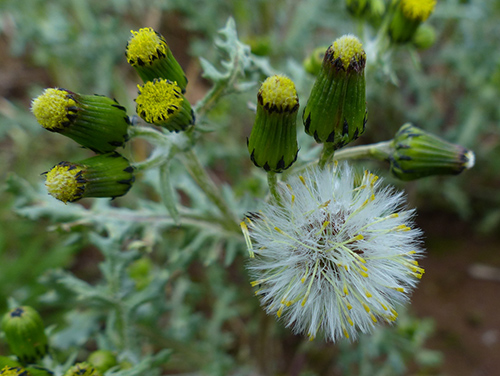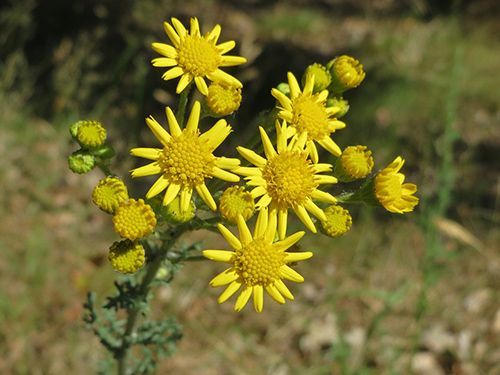Contents
Dioscorides referred to the common groundsel plant as erigeron (“old in spring” in Greek) because of the aged appearance of its flower heads during the spring season.

Common Groundsel Scientific Facts
- Scientific Name – Senecio vulgaris L.
- Other Names – Groundsel, ragwort.
- French – Senecon commun.
- Spanish – Senecio.
- Environment – Common all over Europe, regarded as a weed for farmed lands, the plant has been naturalized in America.
- Description – Annual plant of the Compositae family, growing up to 60 cm high. Its flower chapters are round and yellow.
- Parts of the plant used medicinally – The whole plant when flowering.
Healing Properties
The common groundsel plant contains mucilage, tannins, resin, mineral salts, and some alkaloids known as senecionine and senecine, which give the plant emmenagogue properties. Groundsel has been used for a long time to stimulate insufficient or scant menstruation and to normalize menstrual cycles. It also has soothing properties and calms dysmenorrhea (menstrual pain).
Warning
Recent research has proven that groundsel alkaloids are toxic to the liver. However, this fact is still being challenged. As a precautionary measure, we recommend not exceeding the prescribed dosage.

Two Species of Senecio

There are two similar species of groundsel: Senecio jacobaea L. and Senecio viscosus L. Both have the same phytotherapeutic applications as common groundsel since their active components, senecionine and senecine, are expected to all three species.
Senecio jacobaea is a species cultivated in some places in Europe and America to take advantage of its medicinal properties.
DISCLAIMER: All content on this website is presented solely for educational and informational objectives. Do not rely on the information provided as a replacement for advice, diagnosis, or treatment from a qualified medical expert. If you are pregnant, nursing, or have any preexisting medical concerns, talk to your doctor before using any herbal or natural medicines.
REFERENCES
- George D. Pamplona-Roger, M.D. “Encyclopedia of Medicinal Plants.” George D. Pamplona-Roger, M.D. Encyclopedia of Medicinal Plants. Ed. Francesc X. Gelabert. vols. 2 San Fernando de Henares: Editorial Safeliz, 2000. 640. Print.
- PA Toxicity Information: https://www.efsa.europa.eu/en/efsajournal/pub/2406
